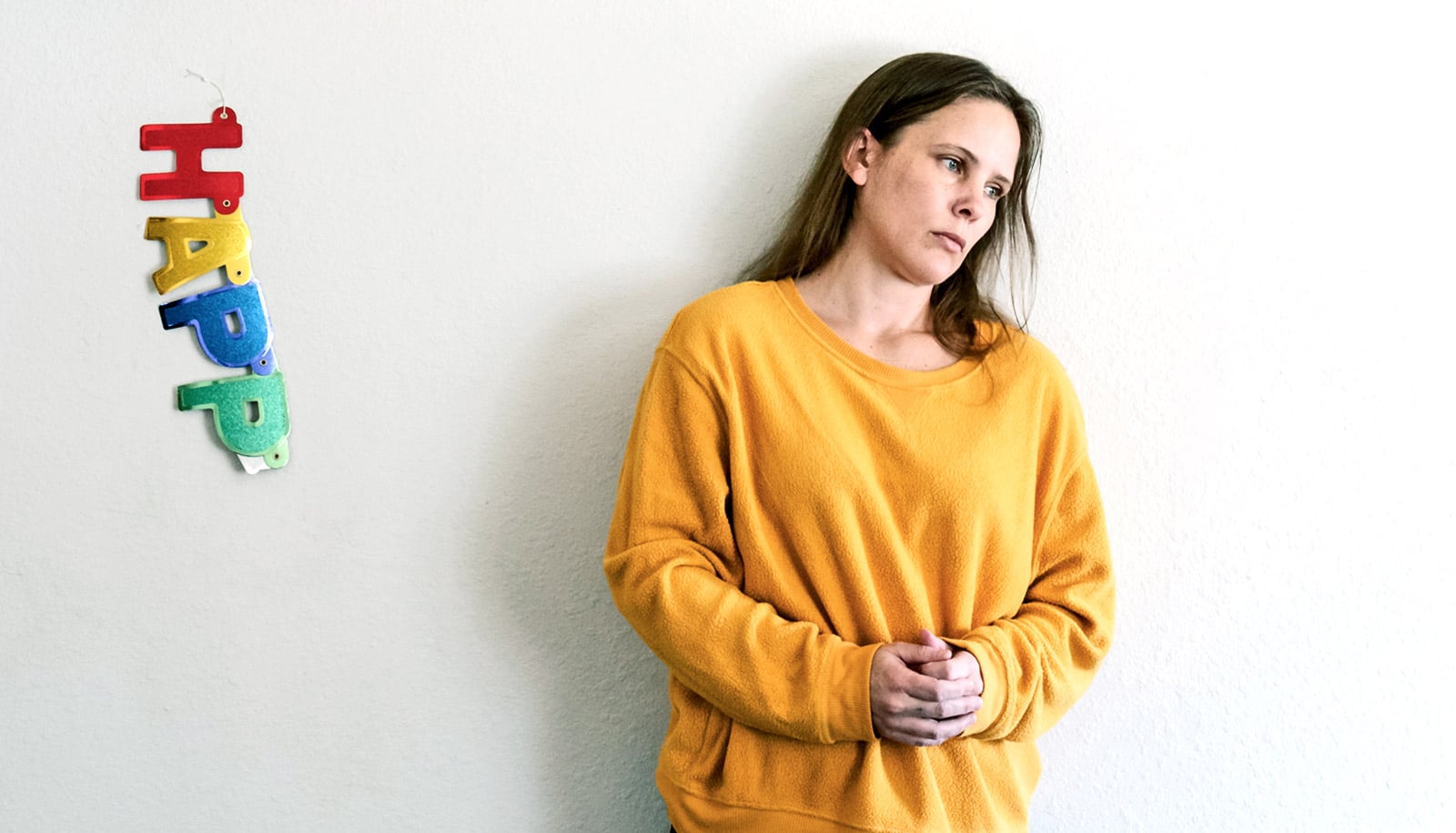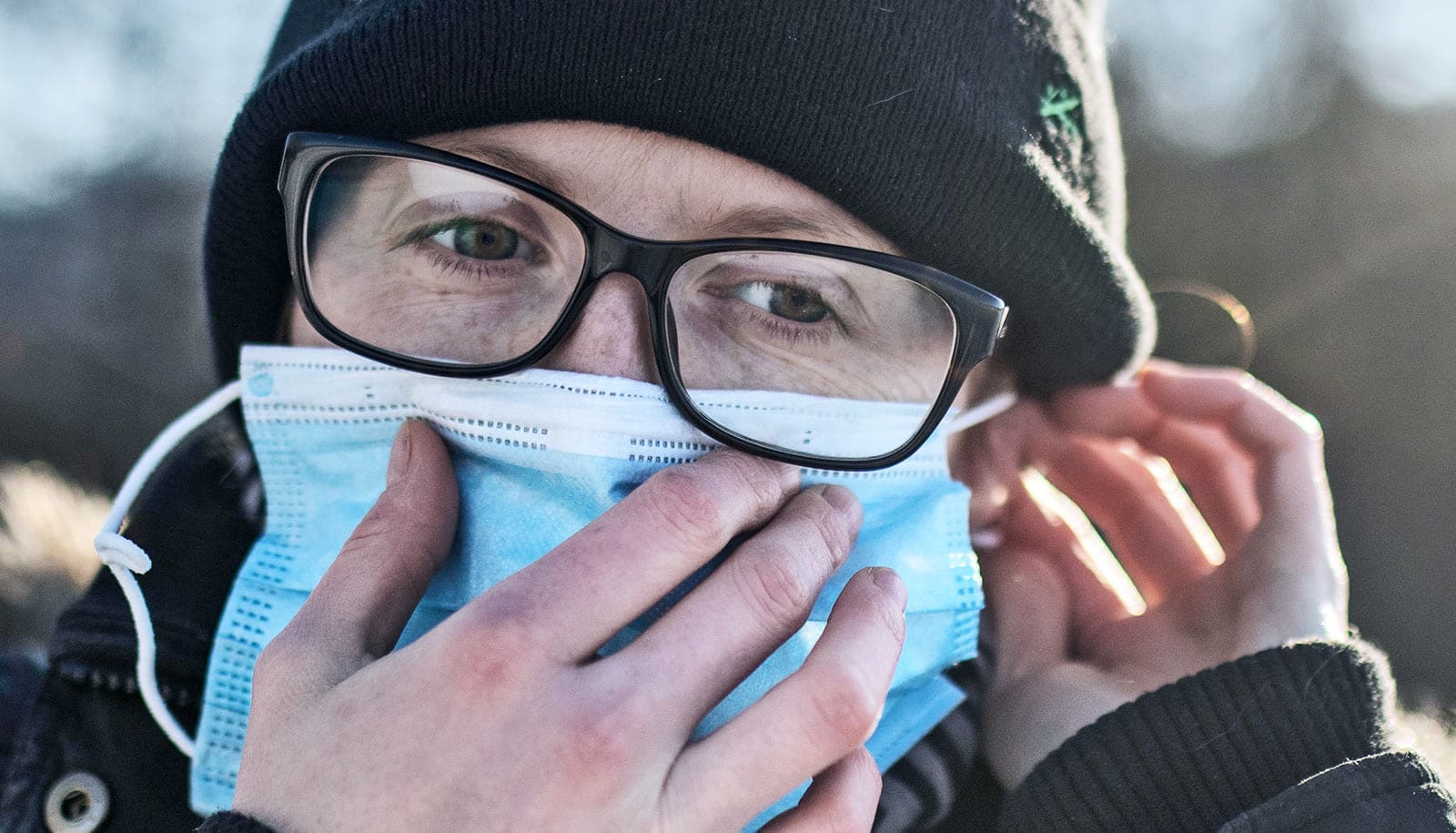As we begin the third year of the pandemic and enter the thick of winter, here are science-based ways to keep your mood up.
It’s no surprise that COVID-19’s mental toll has worsened since the initial outbreak, with researchers from Boston University School of Public Health finding that depression rates climbed from 27.8% in early 2020 to 32.8% in 2021, affecting 1 in every 3 American adults.
“The pandemic has had a huge effect on mental health,” says Michael Otto, director of the Translational Research Program at Boston University’s Center for Anxiety & Related Disorders. “We’re at a particular point of concern when more people need care and it’s harder for these people to find a therapist that’s available.”
This winter, he says, could be a difficult time for many people, especially those already struggling with mental health challenges and pandemic fatigue. Some level of winter blues—mood shifts in the colder, darker months—is very common for people who live in places where it can feel like the season drags on for too long. And those who have seasonal affective disorder—a type of depression caused by the dwindling exposure to the sun—are particularly at risk, says Otto, who’s also a professor of psychology.
Between the continuous uncertainty about the pandemic and the sometimes bleak chill of winter, now is not the time to be passive about mental health.
“A lot of people might know the common strategies for what might help make them feel better, but what’s often hard is getting out there and doing it,” says Jordana Muroff, associate professor in the School of Social Work chair of the clinical practice department.
Here, Muroff and Otto share five go-to strategies for boosting mood and resiliency during uncertain times:
1. Experiment with small goals
One of the mental health strategies Muroff often suggests doesn’t involve any major lifestyle changes—in fact, it involves just the opposite. Instead of aiming for sweeping changes to dig out of a low point—such as New Year’s resolutions to work out every day or cook every meal, which might be difficult to maintain and become discouraging—she recommends a tool called “behavior experiments.”
“This is when you’re committing to trying out a more manageable step in improving your mental health,” she says. Behavior experiments are a tool based on cognitive behavior therapy—a well-researched treatment known to be effective for a number of mood and anxiety disorders—and are meant to encourage curiosity and exploration of small changes that may lead to an increase in mood and activity: going for a short walk, calling a friend, or even getting out of your pajamas on a day at home.
“The hope is that there is some incremental change,” Muroff says. Even when negative thoughts arise, such as worry or doubt that anything can help, behavior experiments give a person permission to “test out those thoughts and gather information about oneself.” These actions may shift those negative assumptions, bring a quick mood boost, and lay the foundation for lasting strategies for coping with avoidance, stress, and challenging emotions.
2. Sleep at least seven hours a night
“When someone faces chronic stress or disappointment, like those induced by ongoing COVID-related restrictions and less daylight hours, maintaining adequate sleep emerges as a powerful strategy,” Otto says. Sleep, as necessary as it is to function on a daily basis, also works magic on our mood and mental health. Getting enough sleep—roughly seven to eight hours a night for most adults—restores and maintains pathways in the brain related to memory, learning, and emotional processing. On the flip side, poor sleep has been found to exacerbate symptoms of depression and anxiety, which can then make it more difficult to fall asleep.
Prioritizing sleep as part of a regular self-care routine is crucial for mental well-being, says Otto.
“When you have poor sleep, the task of emotional regulation is that much harder—you’re clearing off stress and emotionality of memories with sleep,” Otto says. Allowing extra time to snooze will give you more resilience during stressful times.
3. Engage with your community
Reaching out and helping others in difficult times can be a meaningful way to fight off feeling overwhelmed, says Muroff—and have a positive impact on other people.
“We often think about our own failures as opposed to how the system might be failing us,” she says. In a time when the pandemic has had an unequal mental and physical toll on different populations, including older adults and those in lower-income neighborhoods, she recommends engaging in mutual aid. That’s when community members voluntarily help each other in various ways, like picking up groceries for a neighbor, connecting with those that are isolated, and advocating for social change. Mutual aid networks have long existed but took off during the pandemic when traditional social care organizations couldn’t keep up with the demand.
“It’s important to have activities that affirm our values, identities, and senses of self-worth in a time when there are a lot of challenges going on simultaneously,” she says. “Helping others and supporting each other can be part of the behavior experiments.”
4. Stay active with regular exercise
“If exercise was a pill, it would be a best seller,” Otto says. He coauthored a book in 2009 called Exercise for Mood and Anxiety Disorders that establishes why exercise is effective at making us feel good, and he helps people to use exercise to combat depression and anxiety, as well as overcome negative feelings that get in the way of exercising regularly.
“Exercise acts as an antidepressant, it helps with stress resilience, helps reduce anxiety, and helps you get to sleep,” Otto says. “A good dose of exercise is considered to be forty minutes of aerobic exercise four times a week.” Anaerobic activities, like weight lifting or other high-intensity movements, are also great and have the same effect. For people who don’t love exercising—or who aren’t in the mood for a more intense workout—a brisk walk could be all that’s needed to bring their mood up.
“There are so many physiological reasons exercise makes us feel good,” Otto says. “There’s evidence supporting shifts in norepinephrine, serotonin, and GABA, three of the neurotransmitters involved with mood.” Besides the chemical shifts in the brain, he says, exercise gives people a resilience that carries through to other parts of their lives. And it can be a great way of making social connections.
Aiming to make a workout a pleasant and interesting experience is also key to staying motivated, according to Otto—like trying a new sport or activity, walking or jogging with friends, or group and team games.
“Poor mood calls you to do less, and exercise is so much doing in the face of having the urge not to do,” Otto says.
5. Make time for joy
As a part of experimenting with small goals, Muroff recommends scheduling time for joyful activities, whether a physical challenge like exercising, or other ways of connecting with ourselves and others. Scheduling accessible, fun activities the same way as an appointment or a work meeting can help avoid habits of procrastination. “Reduce the barriers to make it easier to do it,” she says.
Finding fun and meaning, adds Otto, is a proven way of beating the winter—and COVID—blues.
“What can we do to get engaged and find fun? Finding fun and meaning is its own buffer against stress,” he says. “As some people’s activities are limited because of the cold and COVID restrictions, finding other ways to pursue joys is the message I want to encourage.”
Source: Boston University



